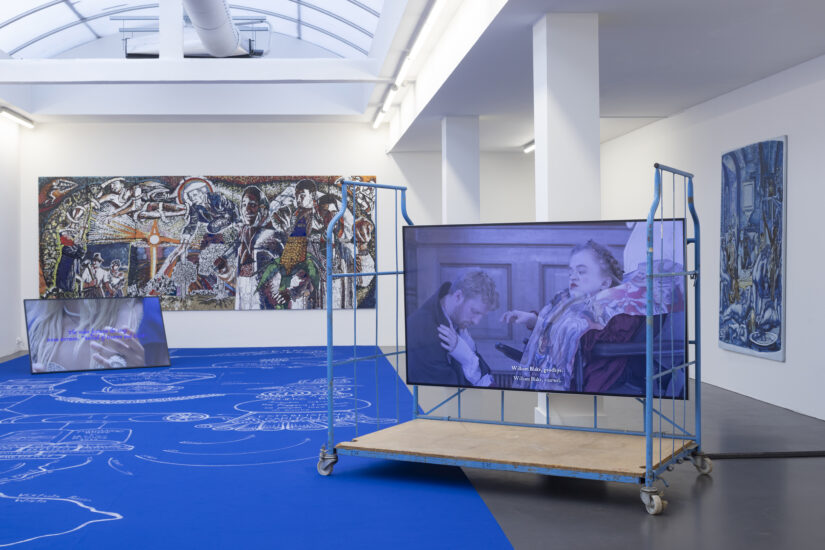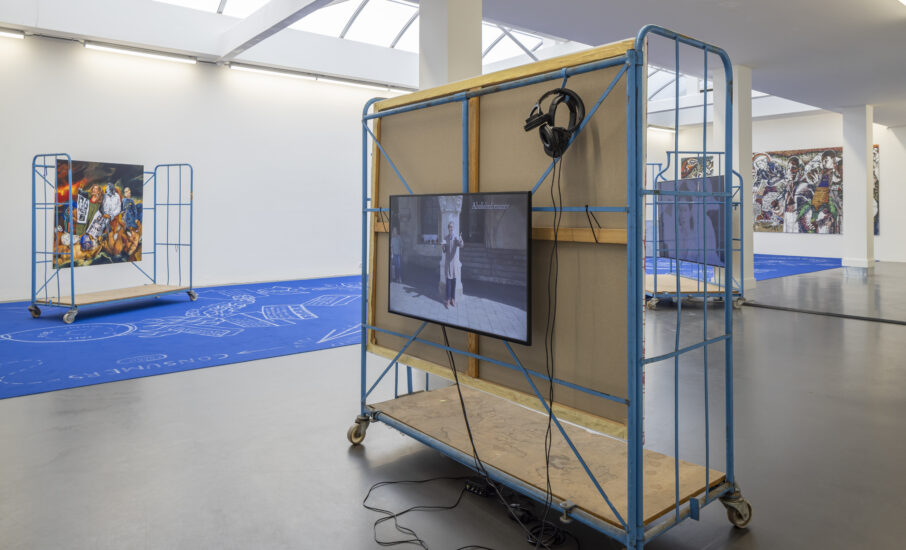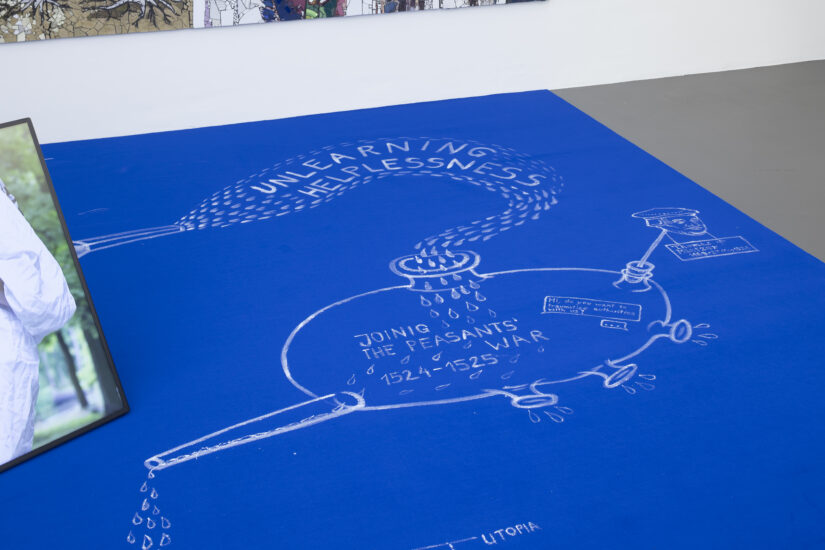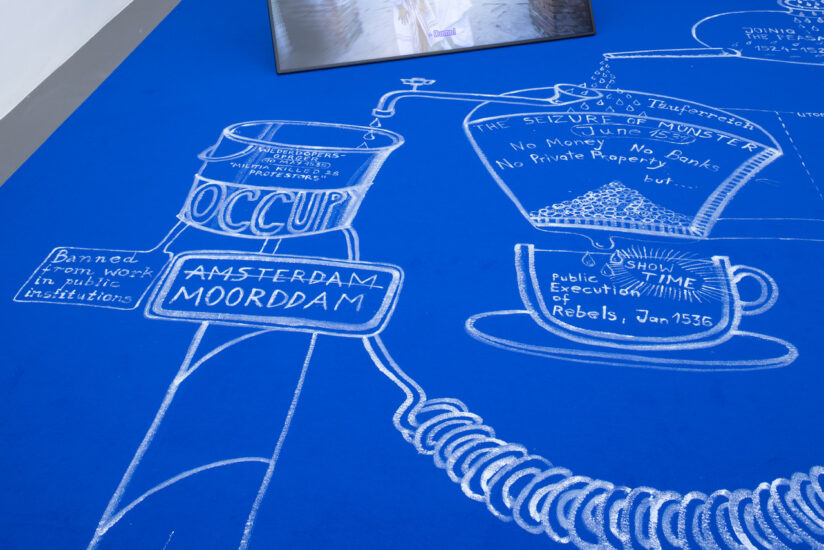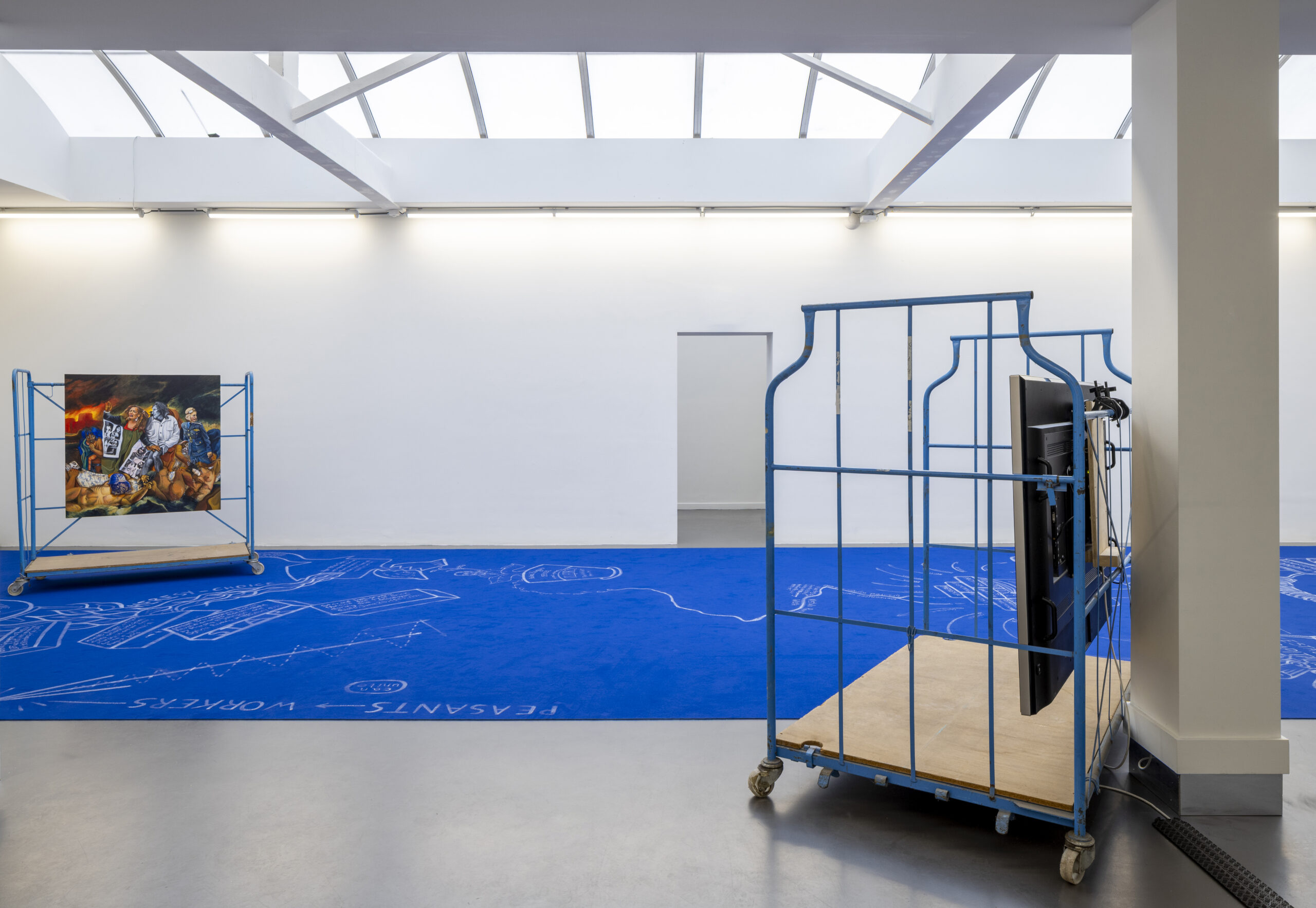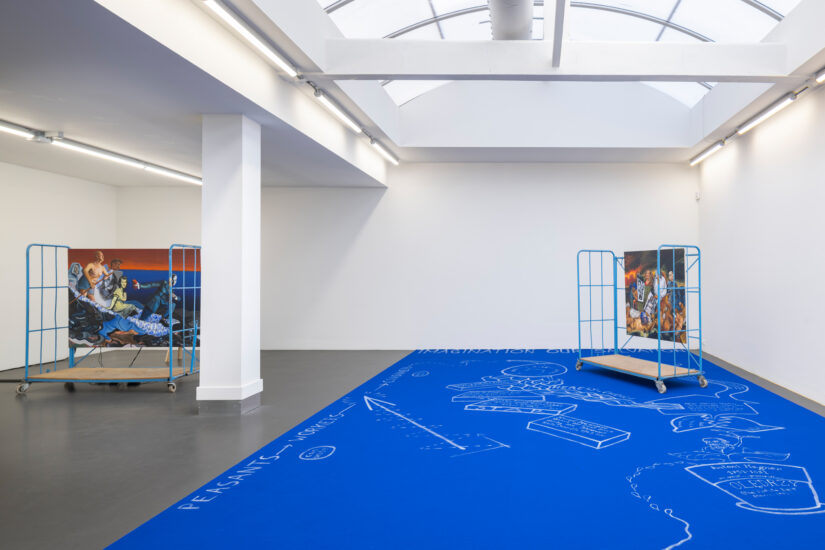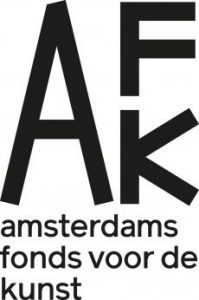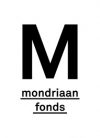ROZENSTRAAT – a rose is a rose is a rose is proud to present Prophet Machine, Mikołaj Sobczak’s first solo exhibition in the Netherlands. The exhibition brings together three major projects and nearly a decade of artistic research into the Anabaptists — a radical Christian movement that emerged during the 16th-century Reformation. Prophet Machine continues Sobczak’s ongoing engagement with the history of Anabaptist communes in Germany, the Netherlands, and Poland, and their often-overlooked impact on European political and cultural thought.
Over the years, Sobczak has devoted himself to an in-depth study of the Anabaptist movement, which challenged the socio-political norms of the early 16th century by abolishing private property in its radical pursuit of equality. The group’s collective experiment in communal living — in search of their utopia — and their resistance to feudalism became a central focus of Sobczak’s artistic inquiry.
His first exhibition on this subject, New Kingdom (2018) at the Polana Institute in Warsaw, highlighted the cultural legacy of the Anabaptists, particularly their migration to Poland, where they established the village of Saska Kępa — nowadays a district of Warsaw. In his solo show Leibeigene (2022) at Kunsthalle Münster, he continued his research by exploring peasants’ revolts that inspired the Münster Anabaptists to overthrow the local authorities and to establish a communal government that became increasingly radical while also critiquing the historical narratives that have marginalized these uprisings.
The musical The Universal Empire (2024) builds on these earlier chapters by examining the Anabaptists’ flight to Amsterdam following their violent persecution in Münster. There, the Dutch Anabaptists — also known as Mennonites, after the Anabaptist priest Menno Simons — gradually established a prosperous community that influenced the city’s social and urban development. Yet Sobczak also exposes the complex contradictions within their success: the Mennonites’ growing wealth and integration into society simultaneously supported the rise of capitalism, revealing the tension between utopian idealism and the economic systems that sustain power.
In his artistic practice, Sobczak blends historical art traditions with modern and contemporary cultural references. In his paintings, for instance, he often plays with the conventions of classical history painting to create complex, layered narratives — a recurring feature of his work. Through vibrant collages, the artist juxtaposes iconic historical moments with motifs from countercultures, resisting simplification and offering multiple points of entry for interpretation.
Sobczak’s works challenge the linearity of history, uncovering its hidden narratives — particularly those of marginalized figures. By focusing on stories that exist outside official, canonical histories, the artist reimagines contemporary historical scenes. Sobczak weaves together key figures from LGBTQI+ activism, queer and emancipatory countercultures, and resistance movements across different times and places, bringing visibility to individuals often overlooked or erased by mainstream historical narratives.
The exhibition unfolds as an immersive installation, bringing together new and existing works in a constellation-like environment. Within this space, time becomes fluid: visitors drift across centuries, guided by the voices of the marginalized and the visionary. Political conflict, suppressed histories, and intimate narratives intertwine, challenging dominant perspectives and reawakening the ghosts of the past.
Photo’s: Peter Tijhuis
We would
